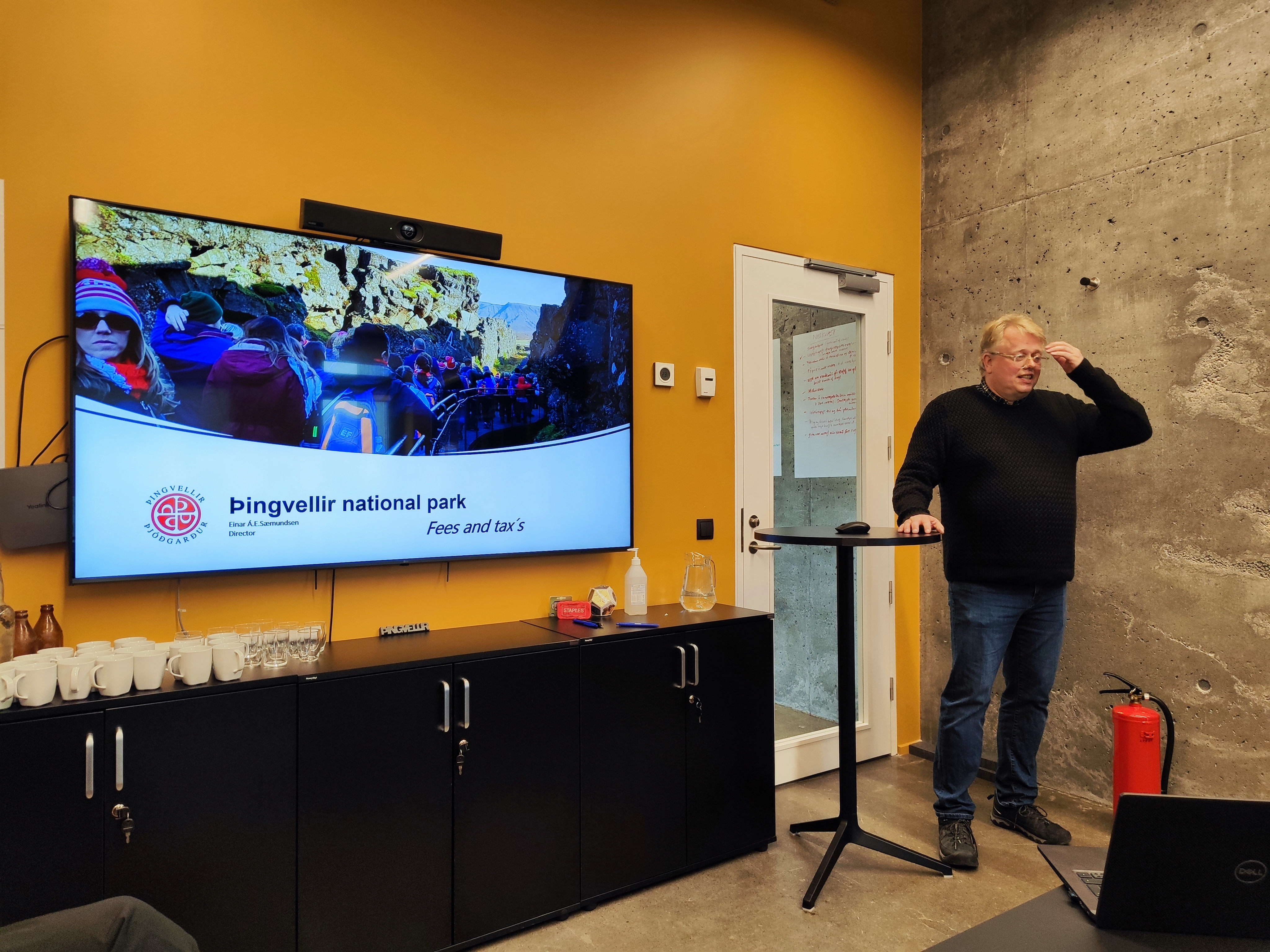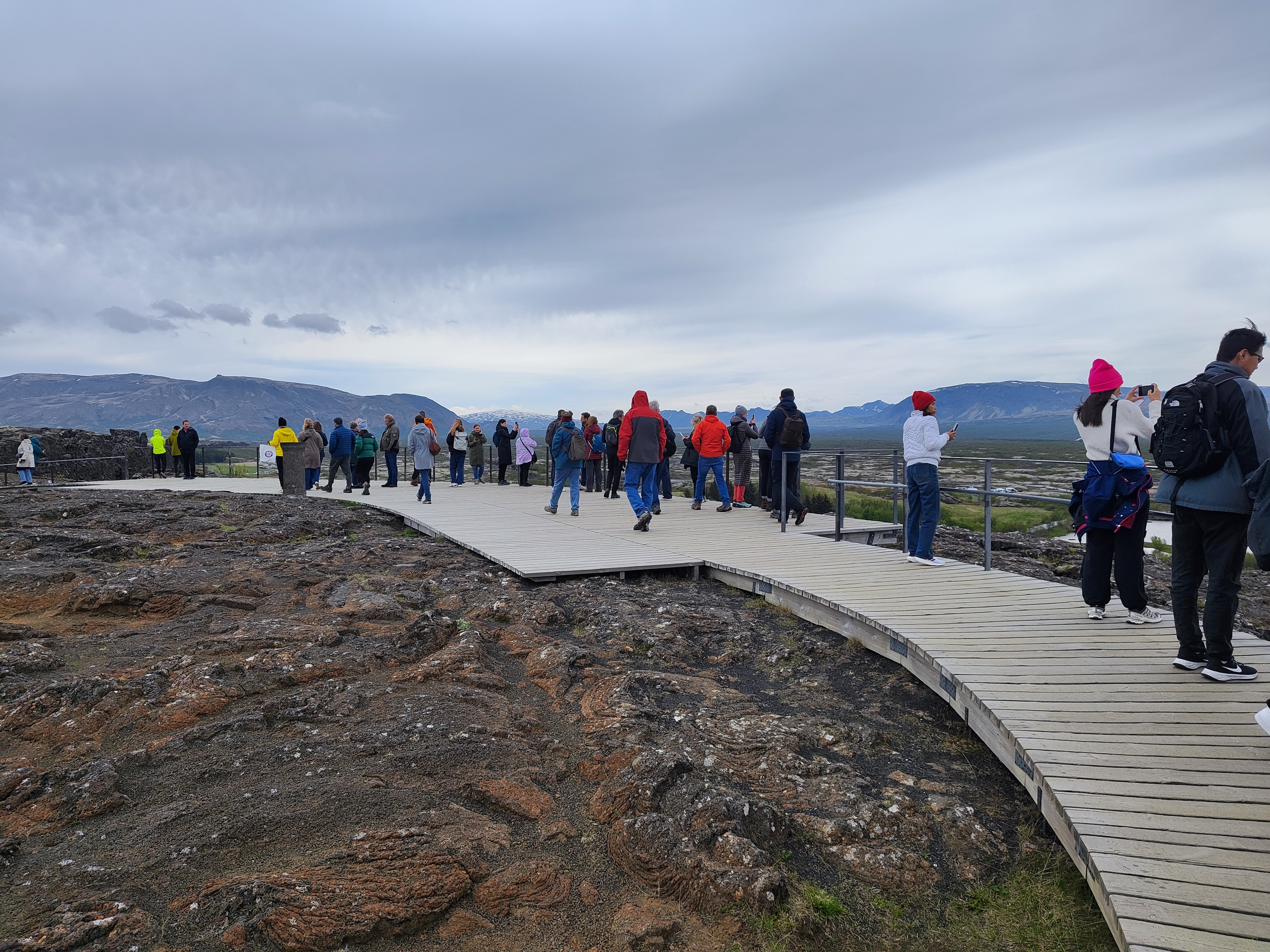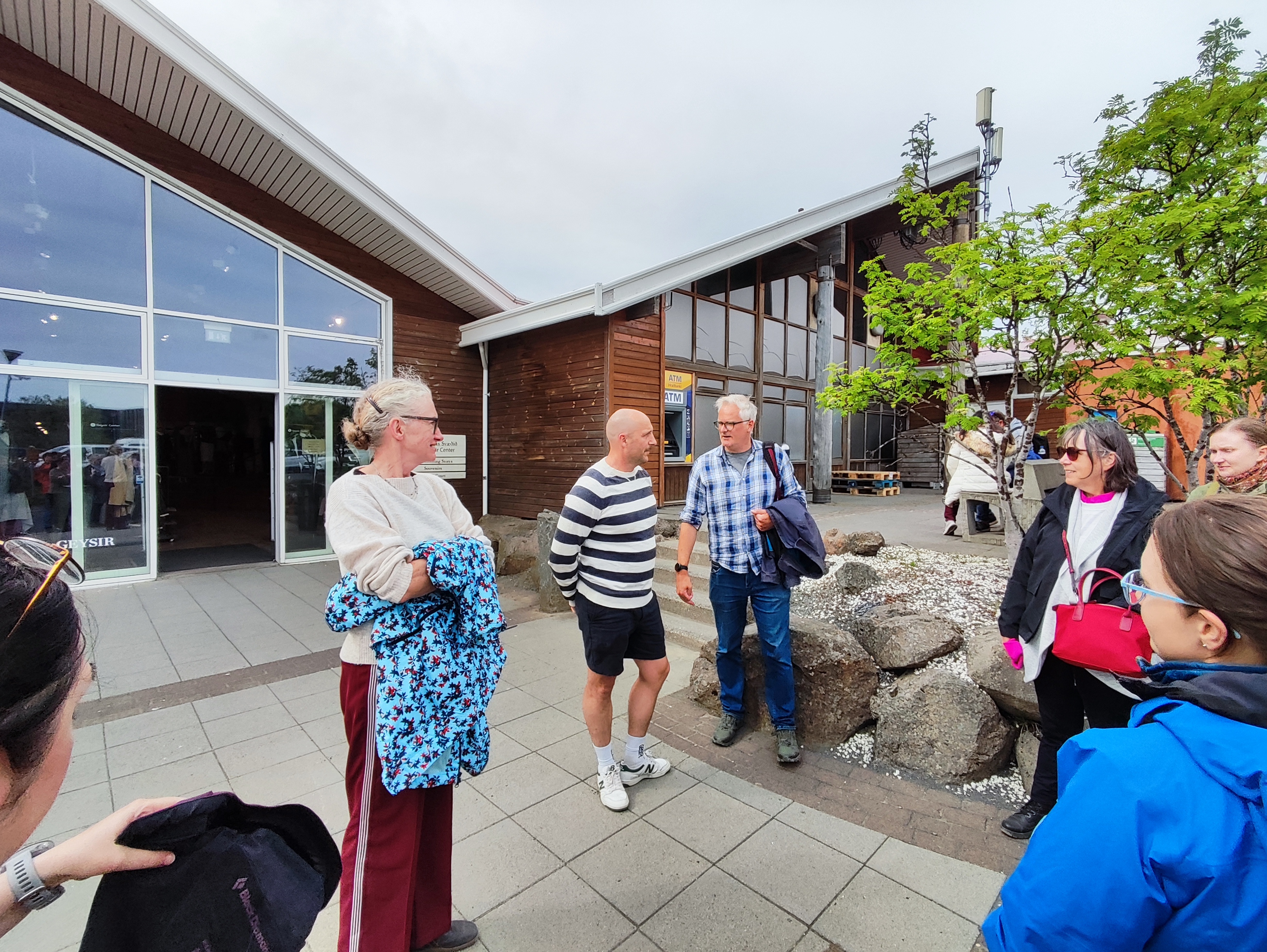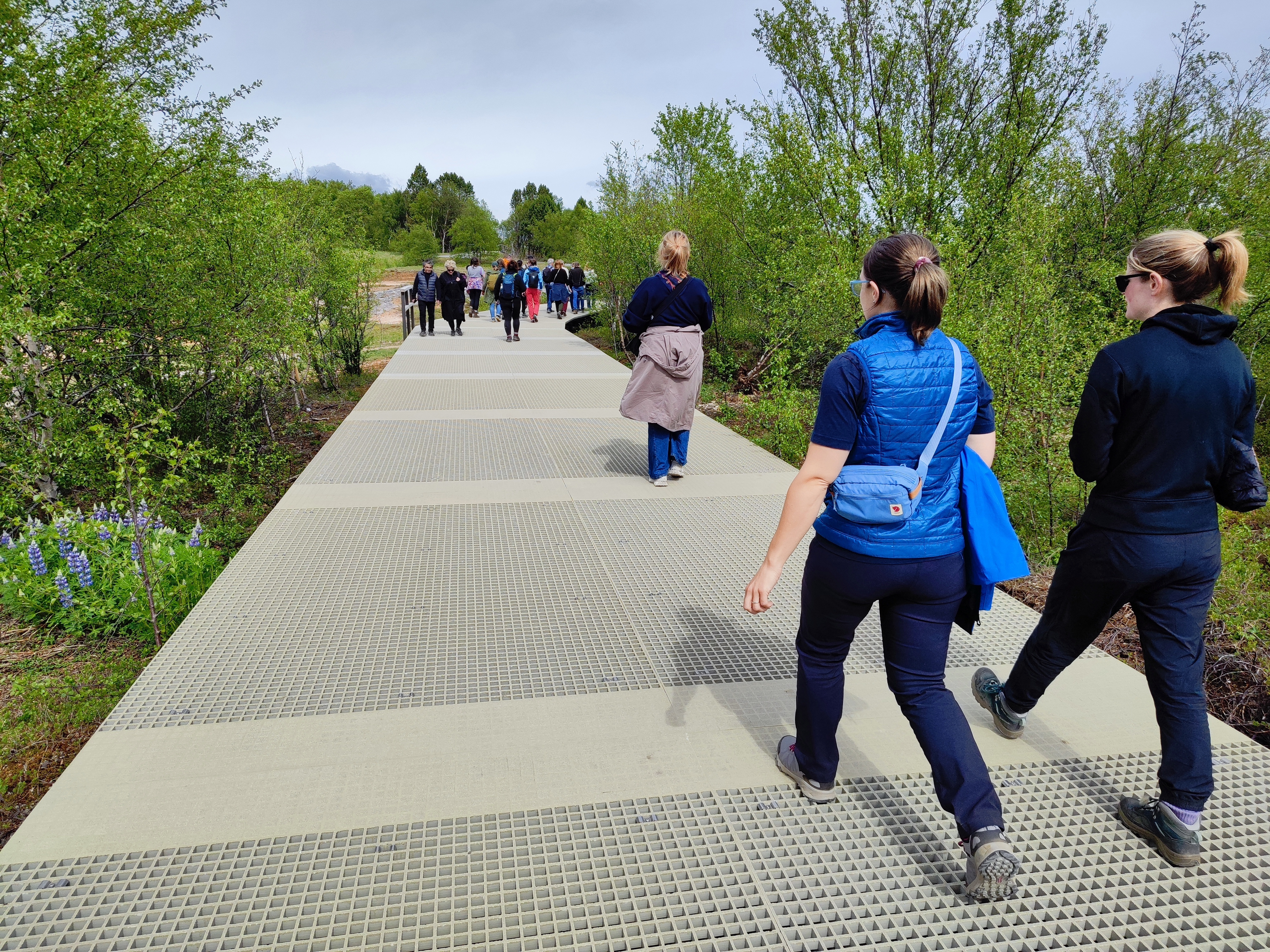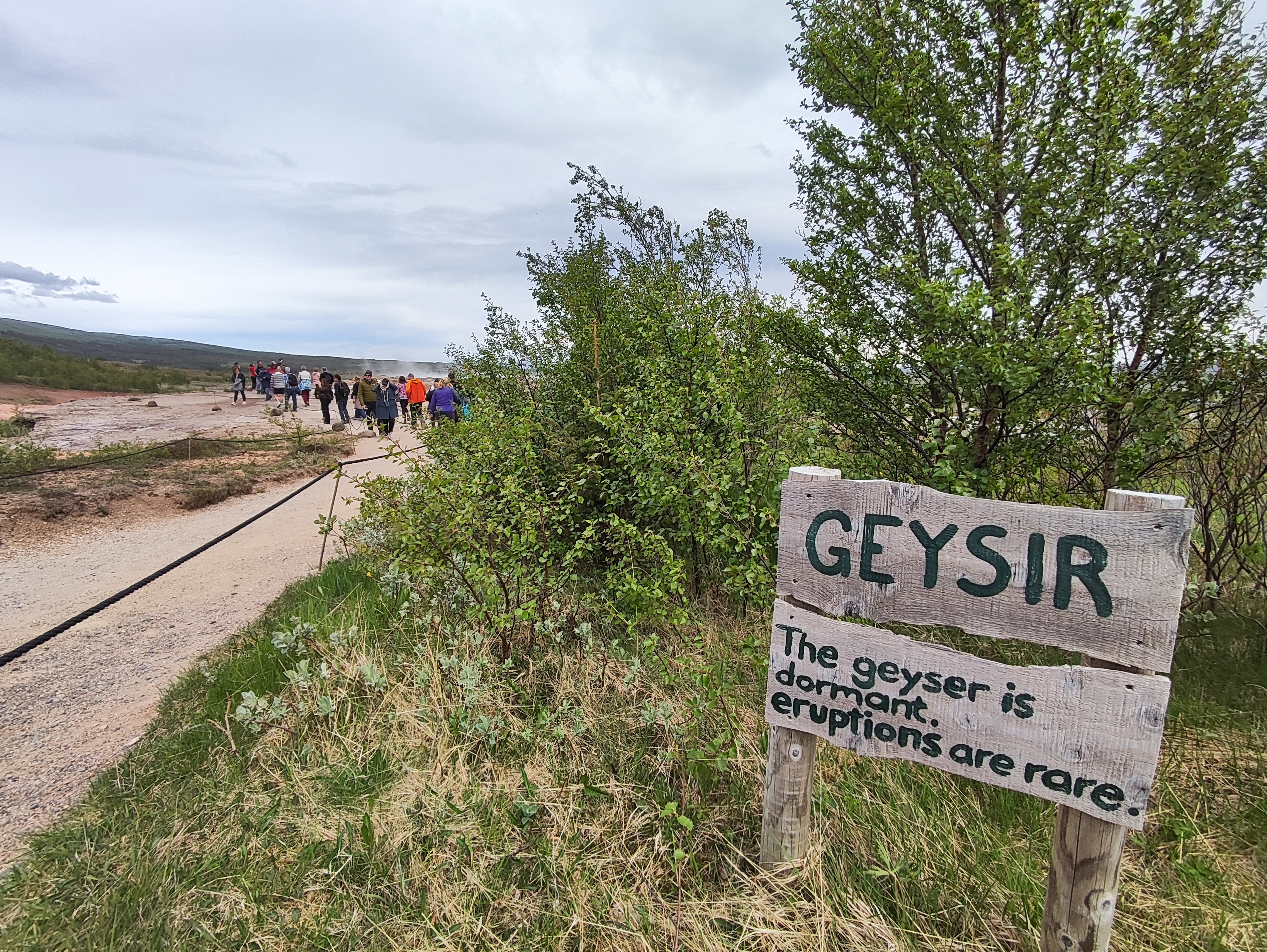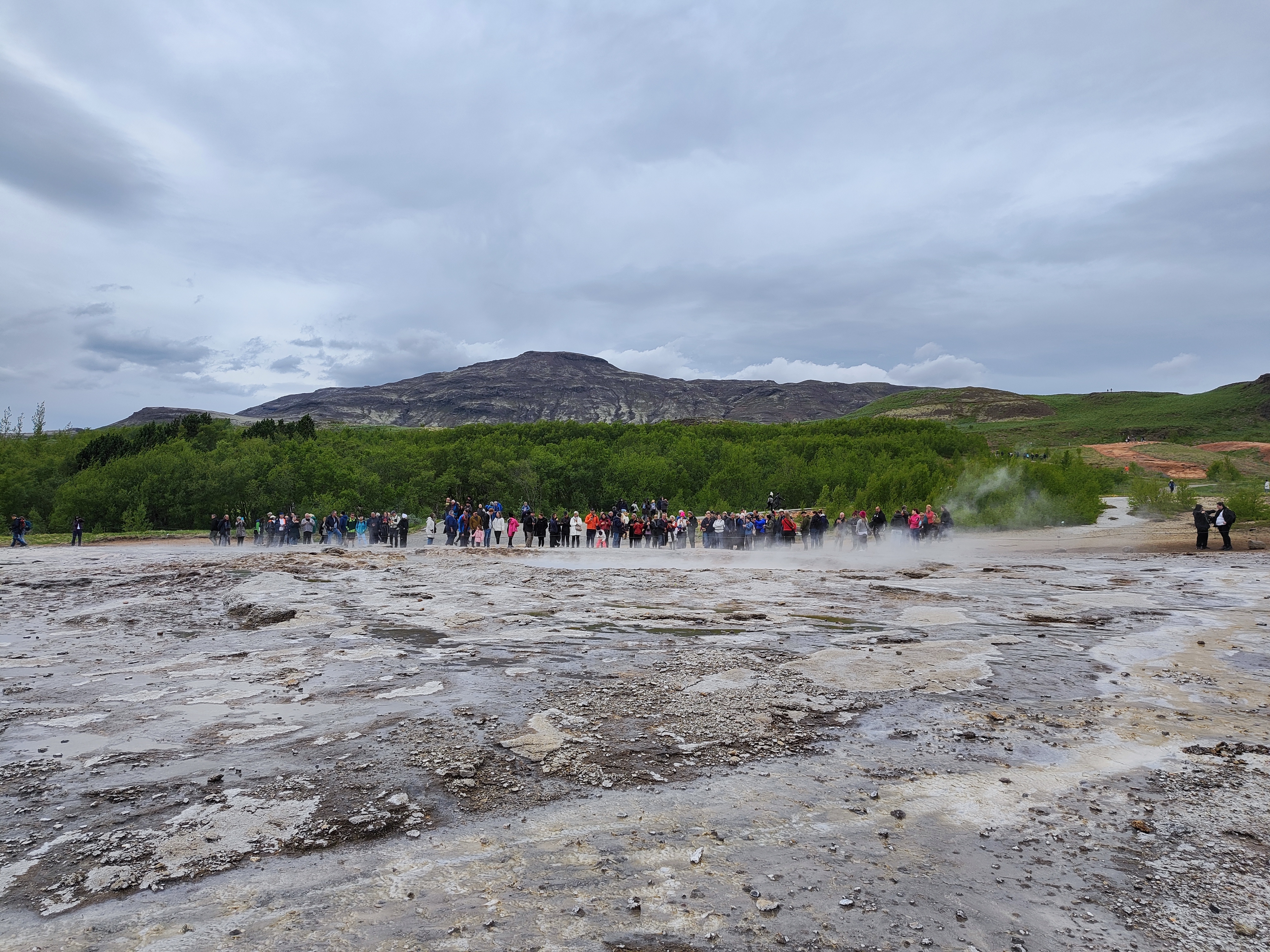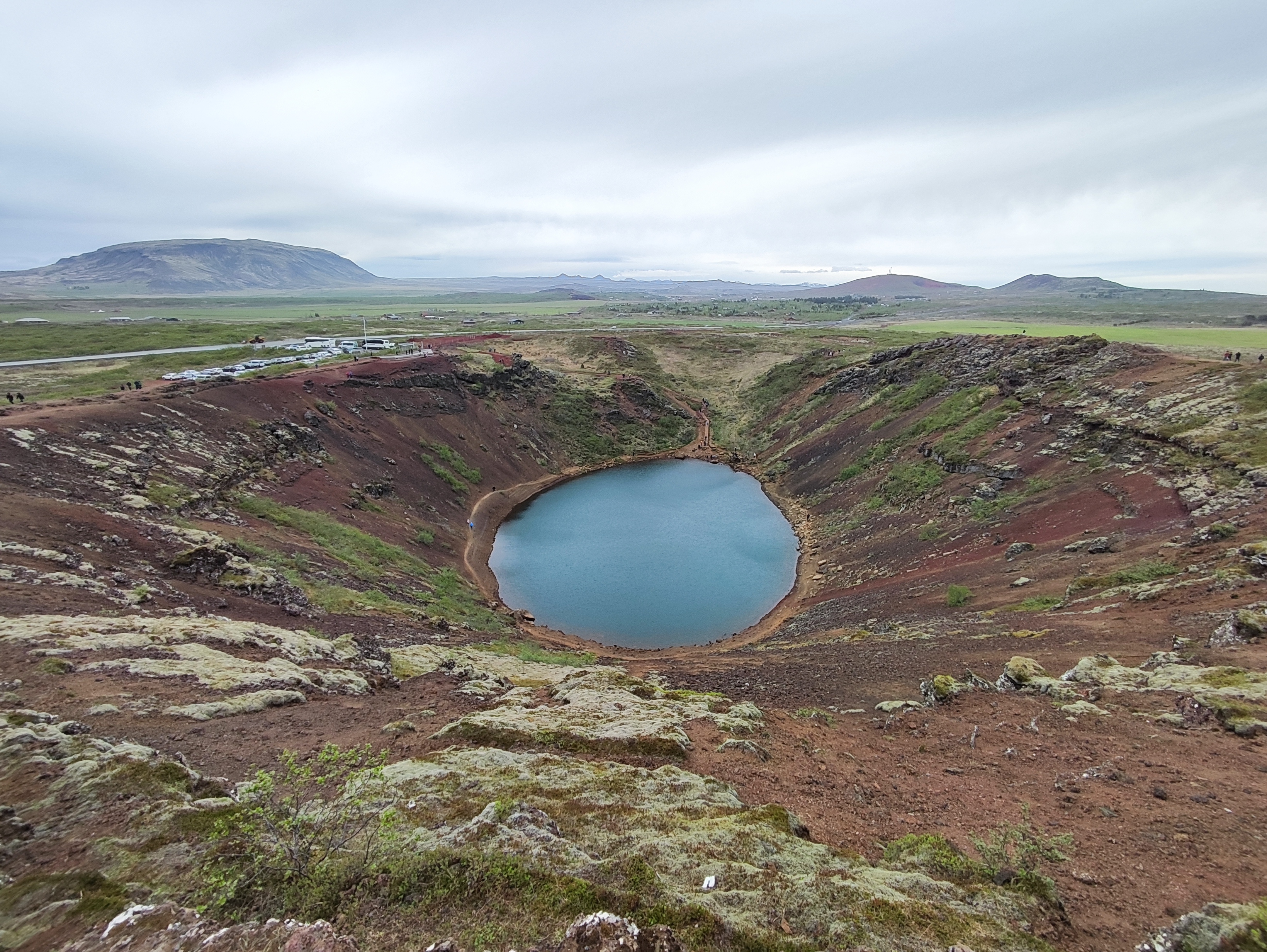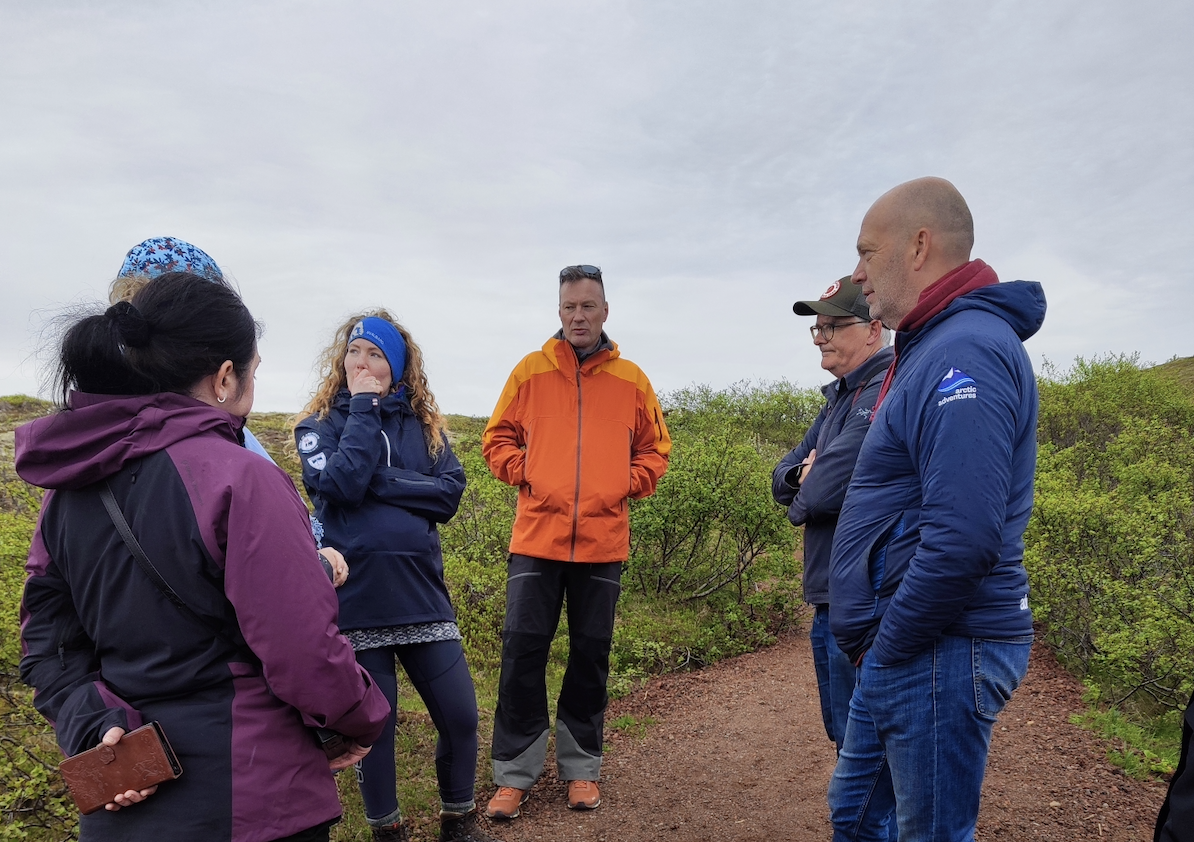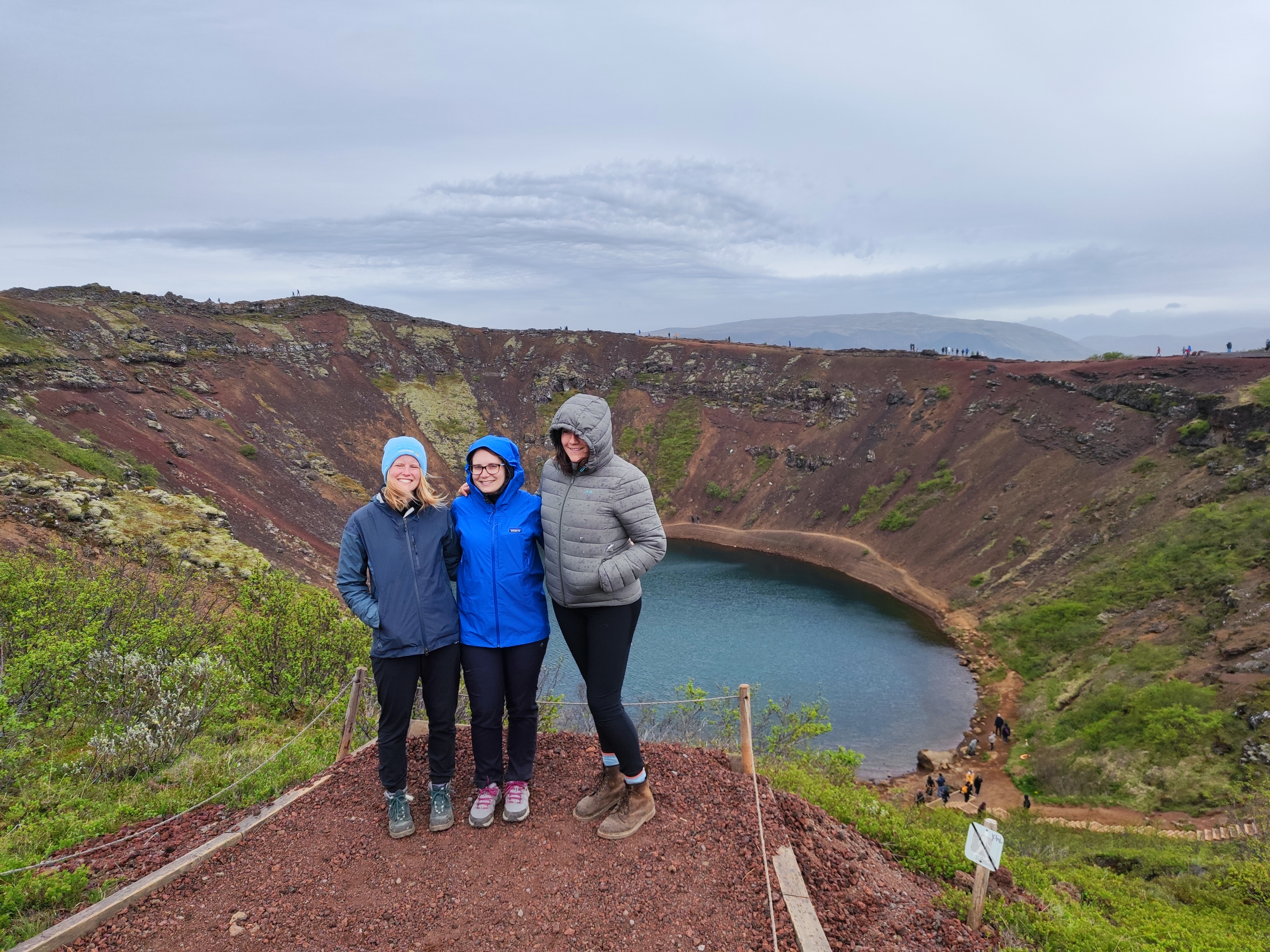News
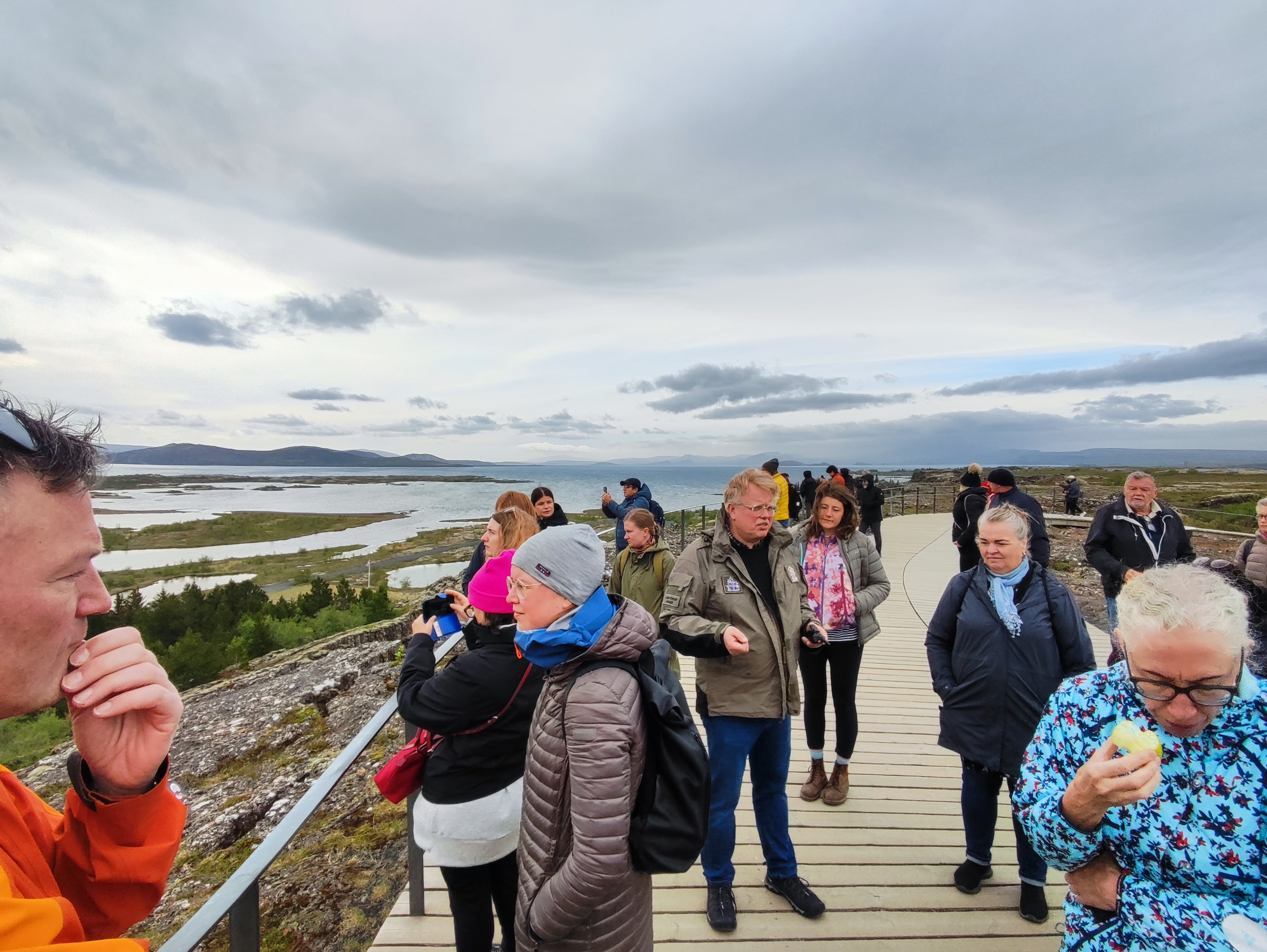
How do tourism fees shape the future of Iceland’s most iconic destinations?
Join us on a journey through Þingvellir, Geysir, and Kerið as RETURN Kick-off participants explore how different tourism revenue tools are used in practice, and what they mean for sustainability, community benefit, and site management.
Date
30.05.2025


